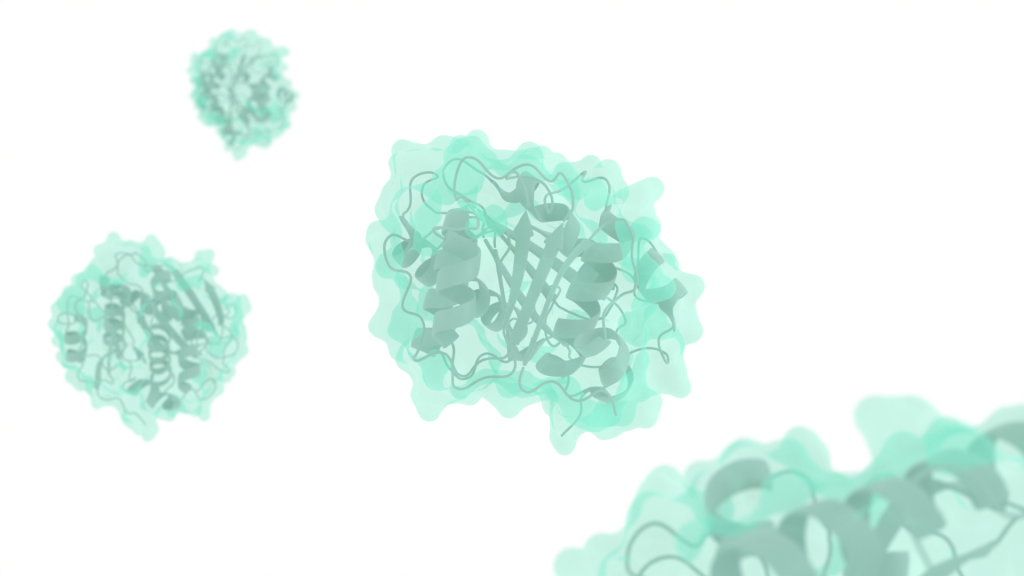1. Coarse-grained modeling of protein structure-dynamics-function

Proteins are workhorses in cells, undertaking roles of exerting various biological functions through specific 3D structures. The large-scale protein conformational dynamics, combined with the 3D structures, determine the vital function. Currently, it is still challenging to investigate the structure-dynamics-function relationship of protein using atomistic molecular dynamics simulations. By developing a variety of coarse-grained models, we studied the processes of protein folding, binding-coupled-folding of intrinsically disordered proteins, protein-DNA recognition, conformational rearrangements of proteins, etc. We aim to characterize the crucial roles of protein dynamics, which should join the play of the structure-function duo.
2. Physics-based modeling of 4D chromosomes

Chromosome, the major form of DNA in the cell, is highly condensed in the nucleus. The meter-long chromosome is wondrously organized in an ordered architectural pattern, underpinning the specific gene expression pattern. When the cell changes its state, the gene expression changes, accompanied by the large-scale changes in chromosome structures. Currently, it is still challenging to characterize the chromosome structural reorganization using experiments and simulations. By developing a physics-based landscape-switching model, we studied the chromosome structural dynamics during a variety of cell-fate-decision-making processes, including cell cycle, cell differentiation, reprogramming, transdifferentiation, and carcinogenesis. We aim to establish the intricate relationship of structure-dynamics-function at the chromosomal level.
3. Computational studies of enzyme-based plastic degradation

The pervasive issue of plastic contamination has garnered widespread attention as it poses a significant environmental challenge, given its recalcitrance to degrade over an extended period of hundreds of years. Traditional treatment methods for plastic waste have proven insufficient, necessitating the need for alternative approaches. Biodegradation is one of the promising ways. We aim to elucidate the underlying degradation mechanism by employing molecular dynamics (MD) simulations and computational modeling on PETase and its variants. Understanding the degradation mechanism at a molecular level would enable more rational enzyme design and optimization, paving the way toward sustainable waste management practices.